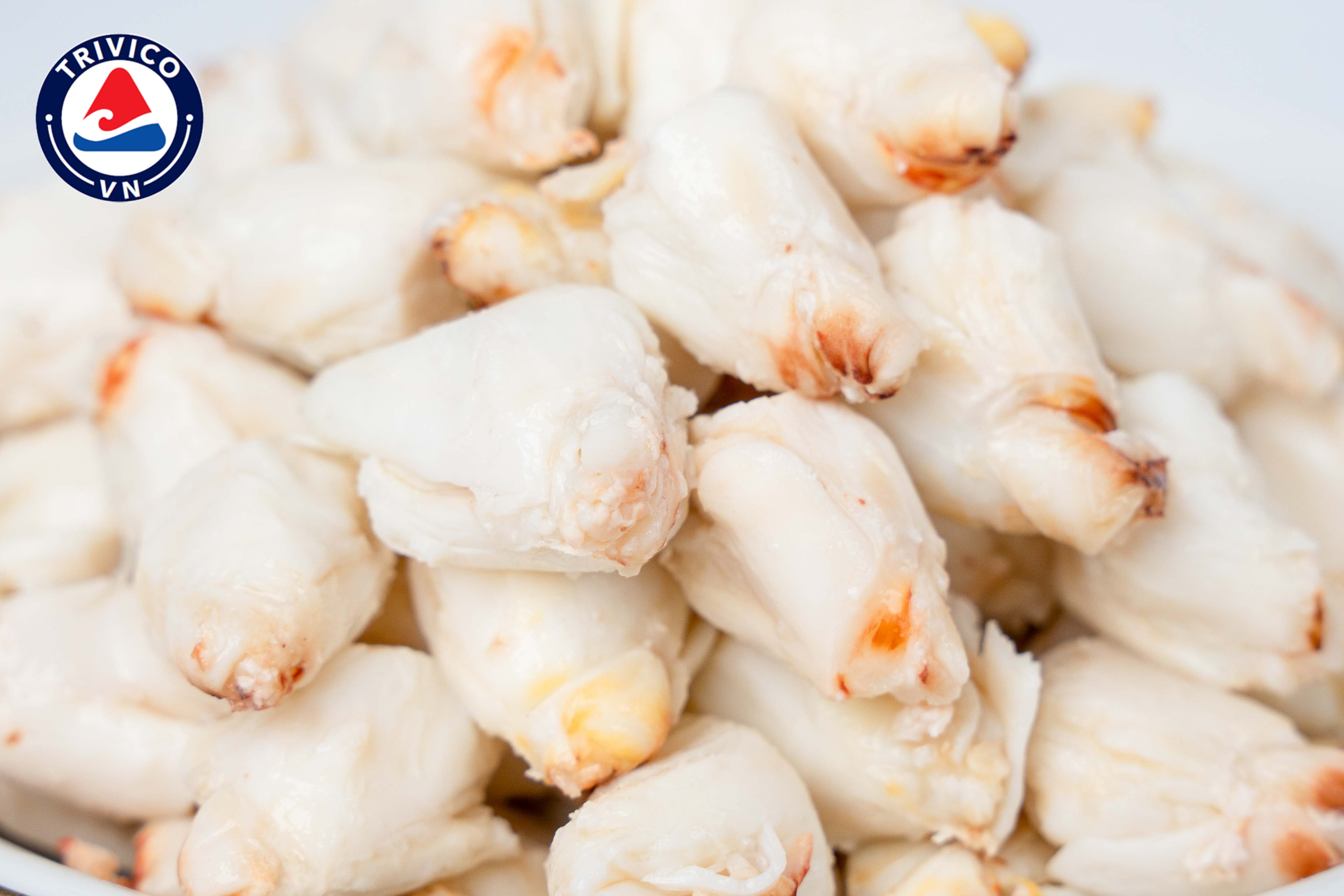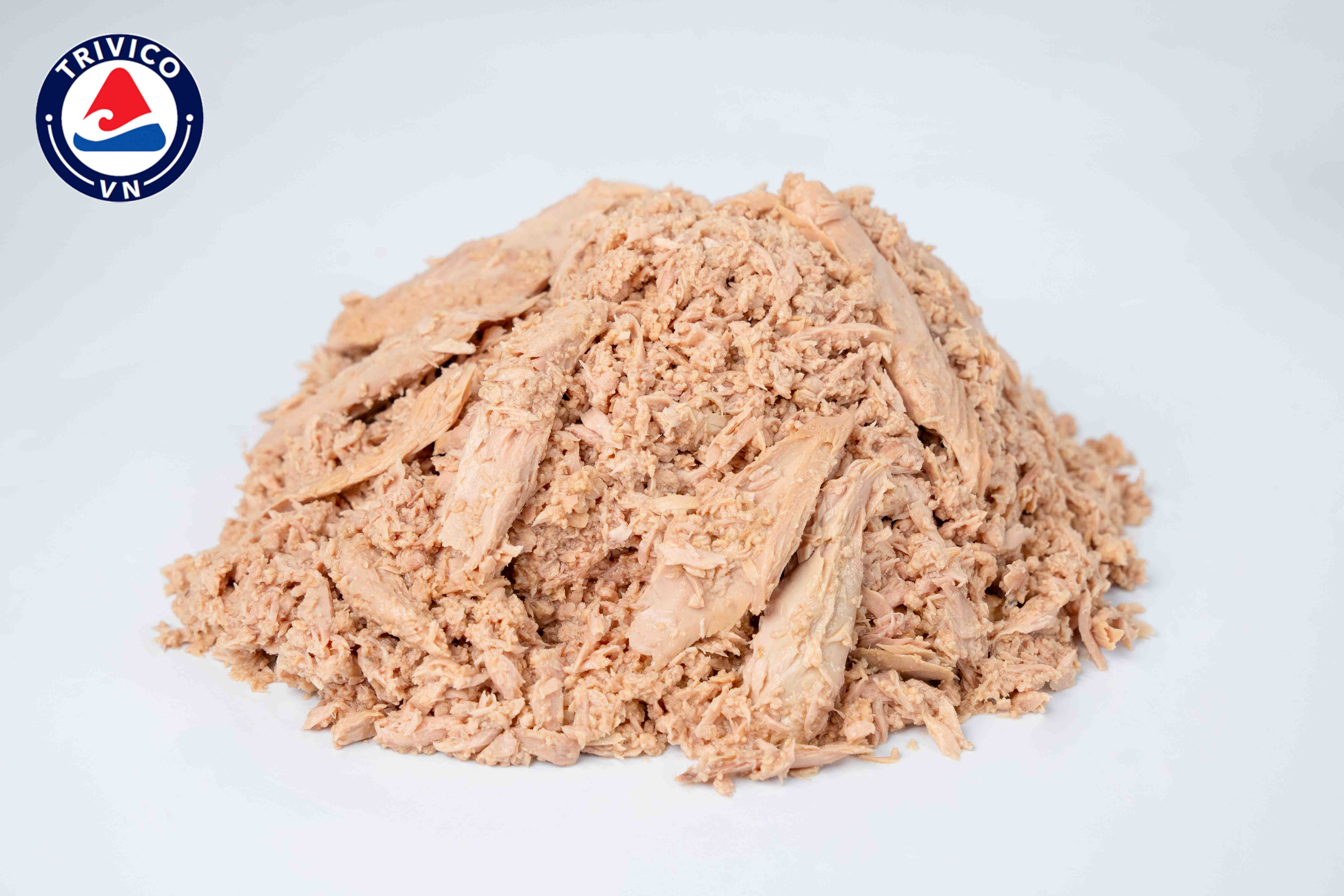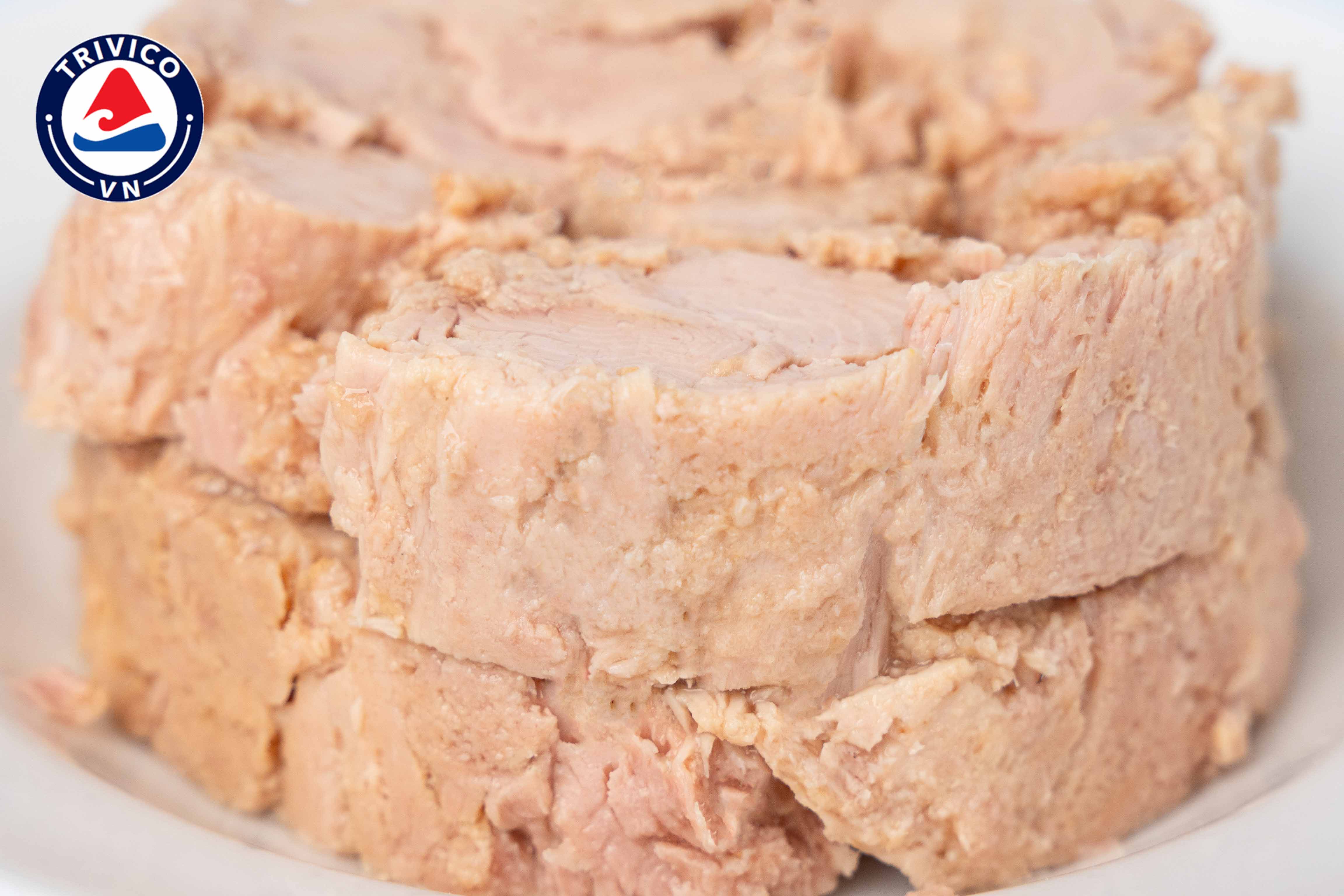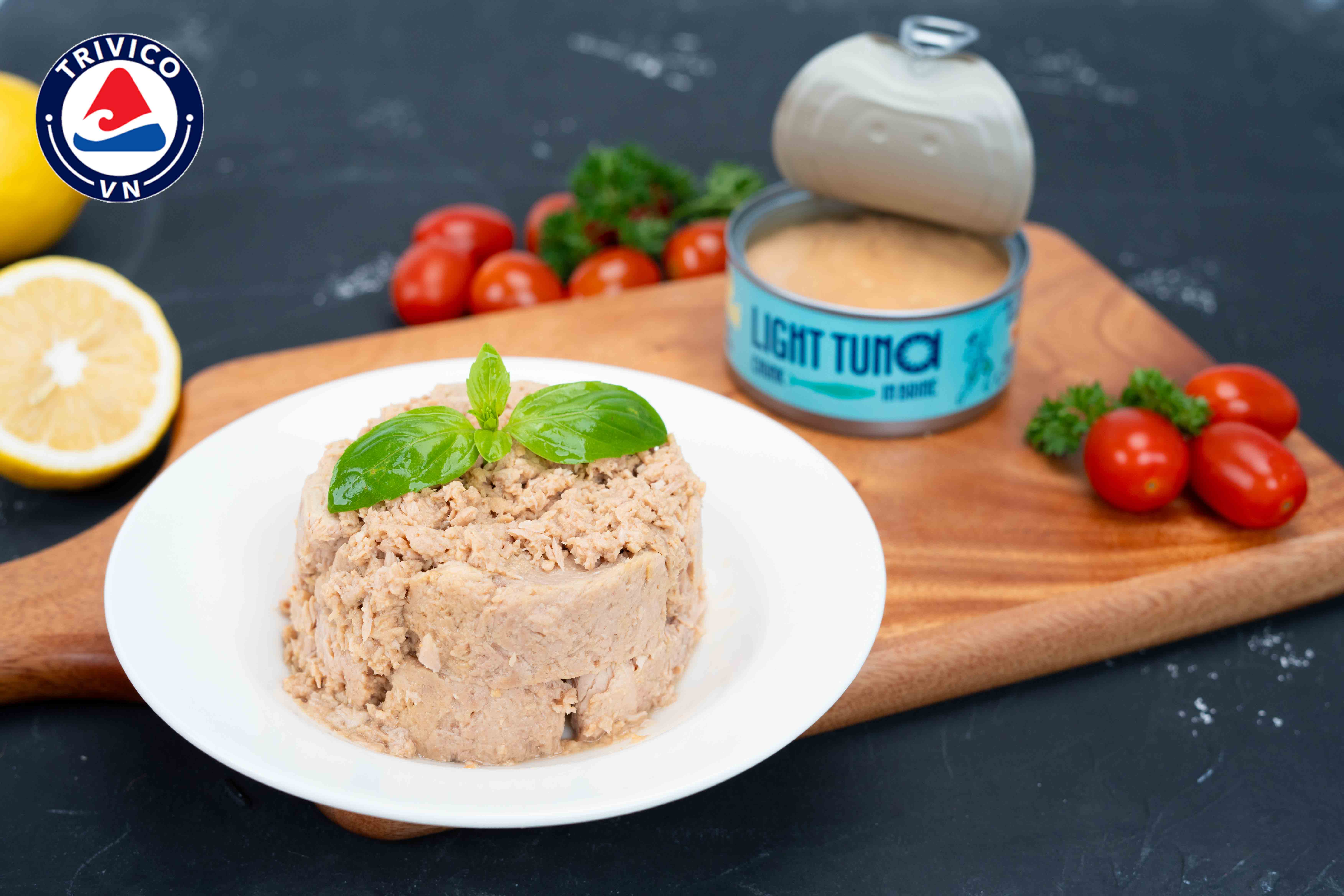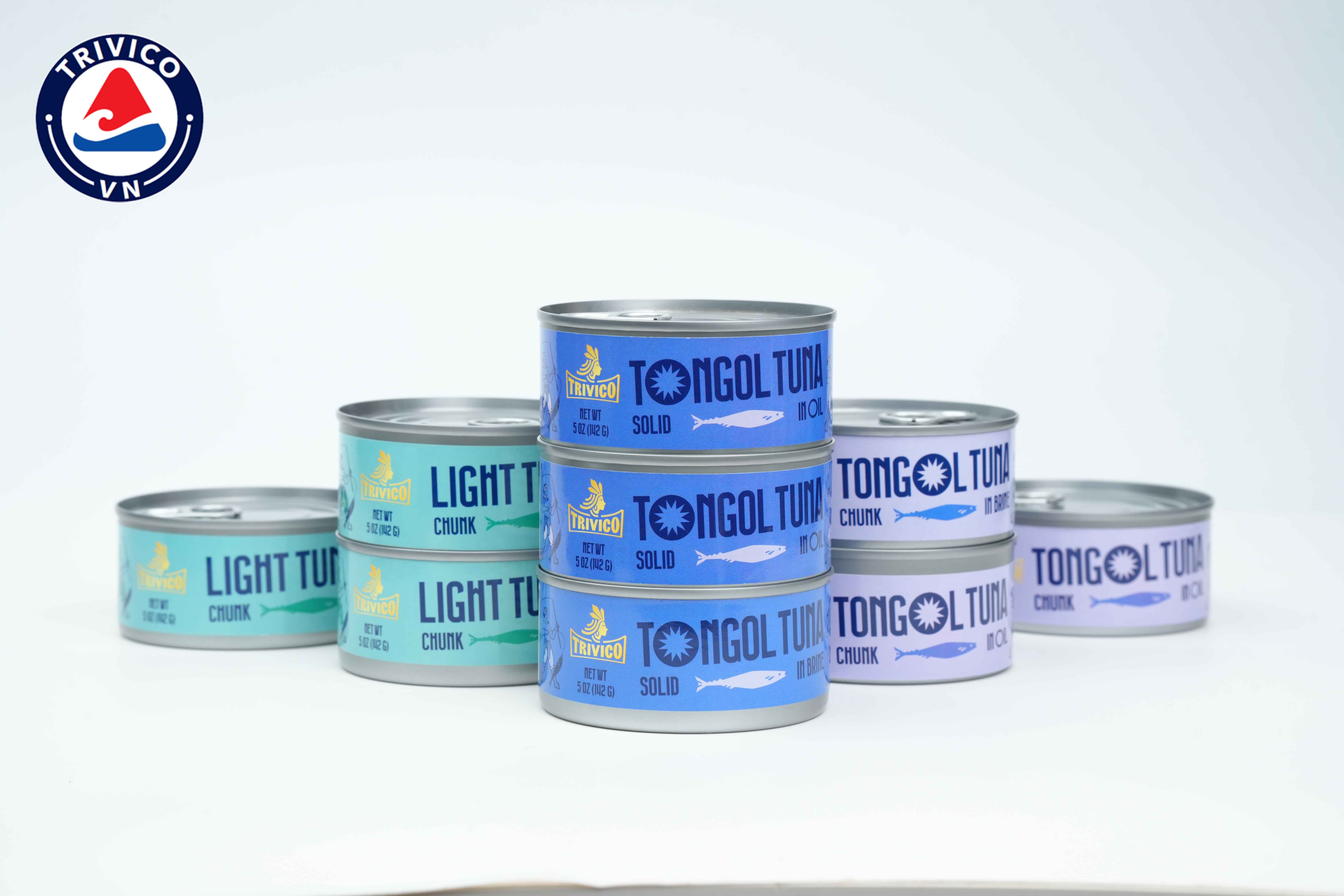Table of Contents
ToggleTight Supply and Rising Prices
One of the key drivers behind market volatility is the shortage of snow crab. The minimum price for snow crab in 2025 was set at USD 4.97/lb, up from USD 2.20/lb in the past two years, though still below the peak of USD 7.60/lb in 2022. This scarcity has forced importers to compete more aggressively for available products, pushing wholesale prices higher.
Recent U.S. wholesale market reports show that prices have “stabilized” following a sharp rise earlier in the season, as distributor demand levels off. Premium species such as large king crab continue to command strong prices, while smaller sizes show less fluctuation.
Decline in Blue Crab and Growing Ecological Concerns
In the Chesapeake Bay, known for its blue crab fisheries, the 2025 survey estimated only 238 million blue crabs — the second-lowest population recorded since the 1990s. Both male and female numbers, as well as juveniles, have fallen sharply. Pollution, habitat loss, and invasive species are believed to be key contributors to this decline.
In California, the Dungeness crab season has been shortened to prevent whale entanglement — a conservation management measure that reflects the growing emphasis on ecological protection in fisheries policy.
Demand, Import Policy, and Consumption Trends
On the domestic front, consumer demand for fresh crab has softened. March 2025 retail data showed a slight decline in volume and a more significant drop in value year-on-year. In contrast, imports of crab and crab meat — particularly red swimming crab from Southeast Asia — have been on the rise.
Trade policies have also played a major role. For instance, former President Donald Trump recently enacted a 90-day suspension of retaliatory tariffs for several countries while raising tariffs on certain Chinese seafood products to 129%. This temporary policy shift has created a “grey zone” that brings both opportunities and risks for U.S. importers.
Outlook and Challenges Ahead
Market reports suggest that the global crab market, including North America, will continue to expand. The North American crab market was valued at USD 814 million in 2023, with an expected CAGR of 3.4% from 2024–2030. Globally, the crab and crabmeat sector is projected to grow from USD 11 billion in 2023 to USD 18 billion by 2032, representing a compound annual growth rate of around 5.9%.
However, rising environmental pressures, climate change, fisheries management challenges, and operating costs — particularly fuel and logistics — continue to weigh heavily on profitability across the supply chain.
In 2025, the U.S. crab market stands at a crossroads between tight supply and high prices, amid ecological, import, and policy fluctuations. With domestic resources declining and environmental constraints intensifying, importers and processors are adapting through flexible sourcing strategies, leveraging tariff advantages, and diversifying supply origins. In this context, companies that effectively manage ecological risk, cost structures, and logistics networks will be best positioned to sustain growth and competitiveness.














